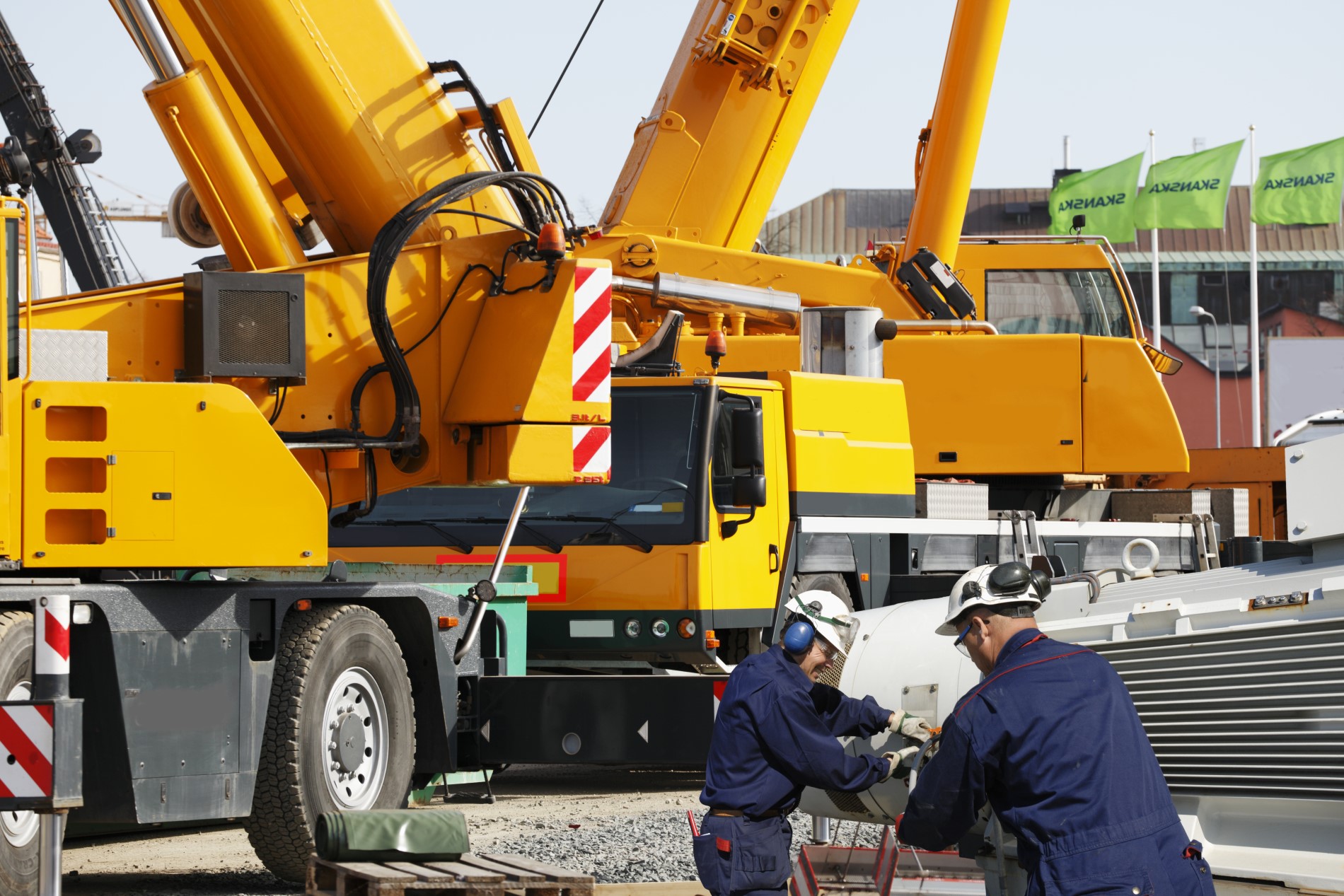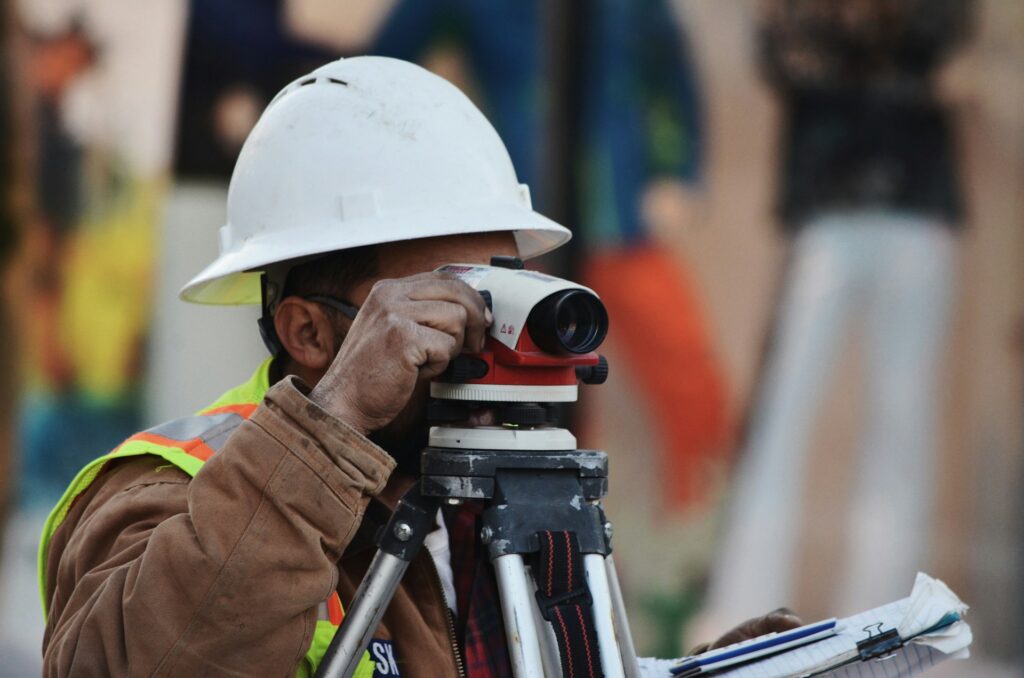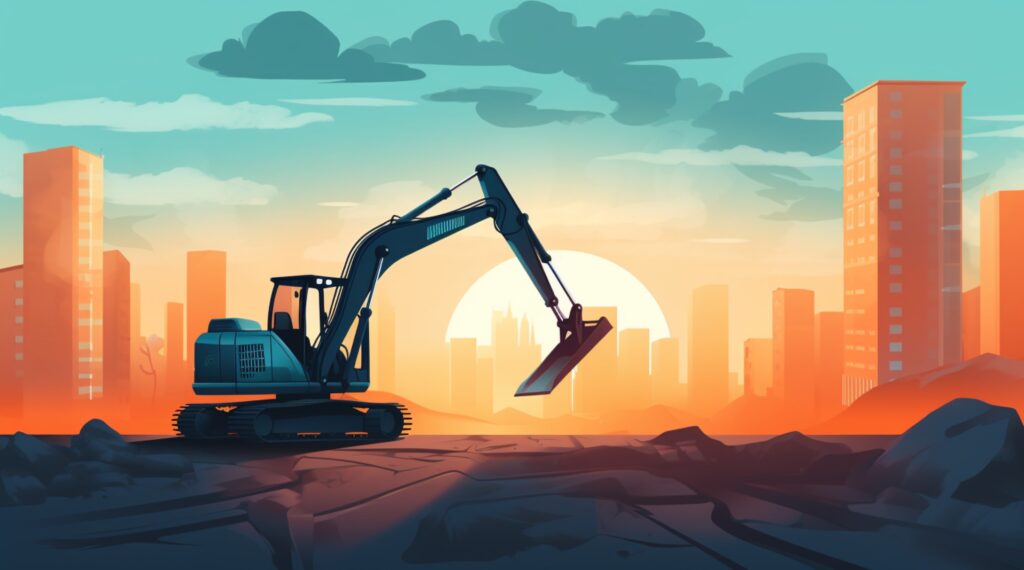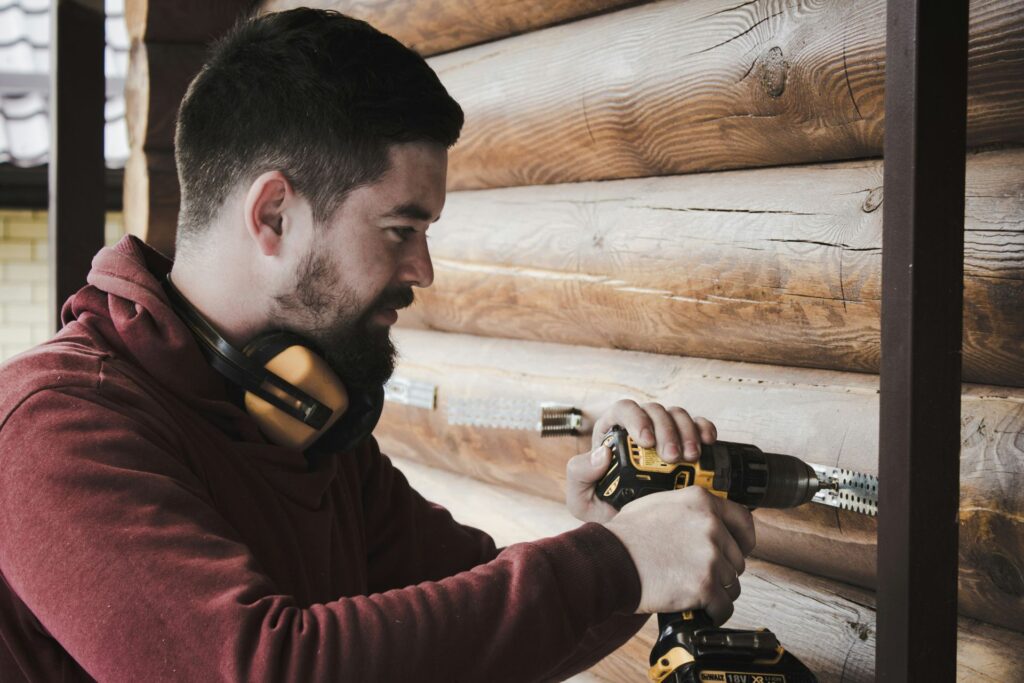
We are reader-supported. When you buy through links on our site, we may earn an affiliate commission.
Heavy construction equipment took the human race from the metaphorical Stone Age into the future. Instead of completing every task by hand, which could take years or generations for large structures, these devices make it possible to finish projects in a matter of weeks or months.
There is a downside, though — these massive pieces of machinery can be dangerous if improperly maintained and operated. According to OSHA, in 2019, about 20% of worker fatalities were in construction.
Operator training and safety protocols play a role in keeping employees safe on the jobsite. However, there’s another aspect that often gets overlooked — scheduled maintenance. Proper upkeep can have a huge impact on equipment safety.
Catching Small Problems Before They Become Big Ones
Scheduled maintenance may seem like an unnecessary interruption, especially with looming deadlines. It requires taking equipment offline while it’s inspected and repairs are made — and downtime can get expensive. However, preventive maintenance can help catch small problems before they become big ones.
Focusing on maintenance can prevent accidents. They might not happen often, but catastrophic failures caused by a lack of upkeep can, in turn, create safety issues. It’s impossible to speculate on the exact details of this kind of failure. Engine breakdowns could cause internal damage or, in a worst-case scenario, lead to an explosion. Broken hydraulic or pressurized air lines can lash out, causing serious lacerations.
For companies interested in adding new technology to their maintenance schedules, consider implementing a predictive algorithm that can track maintenance and inspection reports. The more information these systems have, the more accurate their predictions become. After a while, they may even start to predict issues before the equipment starts showing any symptoms at all. These systems allow fleet owners to be proactive for both equipment health and employee safety, rather than reactive.
Finally, keep in mind that the benefits of proactive maintenance are financial as well as safety-related. When you purchase and sell machinery, maintenance records are key indicators of equipment quality. If you ever want to sell your current equipment, it’s wise to keep strong records and stay on top of maintenance schedules to recoup your investment down the road.
Reducing Air Pollution and Protecting Employee Health
Even with the push toward sustainability in every industry, it’s easy to forget that most construction equipment relies on gasoline or diesel for power. Although there are systems in place to reduce emissions in compliance with EPA regulations and local laws, they’re only as effective as their maintenance schedule.
If a piece of equipment goes unmaintained for too long, it can start to put out more emissions, making it dangerous for those that work near these devices. This is a less immediate safety threat and more of a chronic concern, but it can create problems that are easy to overlook.
In the long-term, health risks from chronic exposure to air pollution can vary from coughing and reduced lung function to asthma, heart attack and stroke. Many of these conditions may also be exacerbated by spending five to seven days a week inhaling exhaust fumes from unmaintained construction equipment.
Remaining Aware of Environmental Safety Factors
Several environmental factors play into worksite safety when using heavy equipment. Heat or cold can exacerbate these safety issues. Ice could leave employees scrambling to keep their footing and make it more likely that they lose control of a machine. Most equipment is designed to compensate for icy conditions, but it can create a safety issue if it’s not maintained properly.
Heat presents its own type of safety challenges. Cooling systems require maintenance to be functional, and an especially hot day can cause a piece of equipment to fail. Hoses can break and release superheated steam or water.
Finally, unexpected weather events such as tornadoes and hurricanes can create particular hazards for construction worksites and industrial centers. Site managers need to create a contingency plan to secure equipment assets with anchors, tie-downs and other measures. Keeping these safety materials safely stored and accessible can protect equipment from strong winds.
Whatever the environmental factors are, maintenance planning can help avoid equipment concerns. Ensure everyone remains aware of both the maintenance necessary and the potential environmental risk factors that could impact workplace safety.
Other Potential Safety Impacts of Missing Scheduled Maintenance
The impacts of missing scheduled maintenance aren’t always obvious. For example, excessive vibrations have been tied to back pain in farmers who regularly use tractors. Unmaintained or undermaintained equipment can lead to medical issues. In turn, if operators are distracted by severe pain, they may be more likely to cause an accident.
Sometimes it can be challenging to determine the difference between regular equipment vibration and an impending problem. This is where maintenance comes in. Operators and maintenance crews will begin to understand each piece of equipment’s quirks and idiosyncrasies, and excessive vibrations may indicate other issues need to be addressed.
Scheduled Maintenance Keeps Equipment Safe
Each piece of equipment in the average fleet requires its own maintenance schedule. Sticking to these plans ensures the fleet will run smoothly and directly impact jobsite safety.










